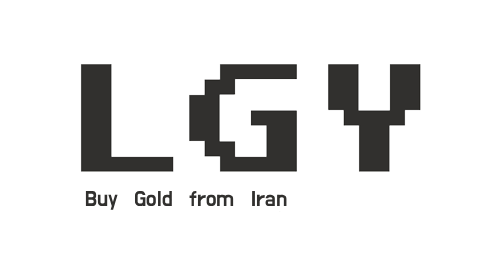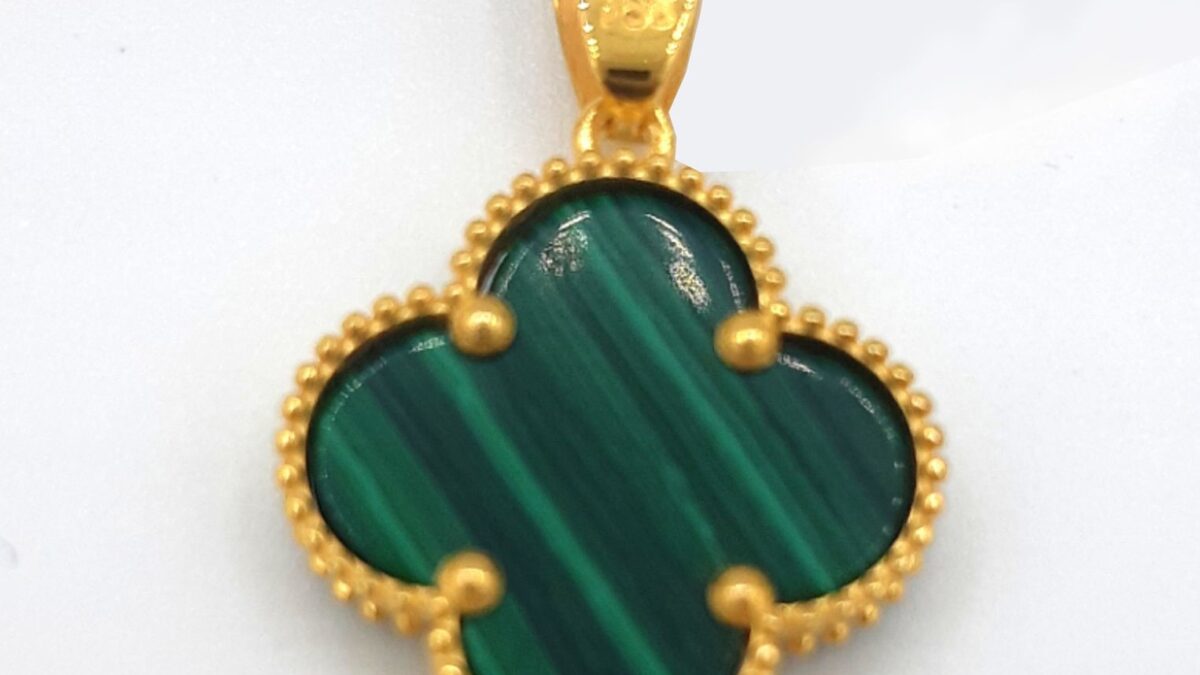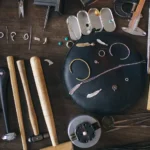
Artisan Communities Behind Iranian Jewelry
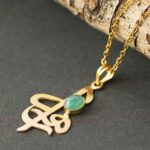
Why Custom Iranian Jewelry Is Gaining Popularity
The Role of Jewelry in Persian New Year (Nowruz) Celebrations: A Symbol of Renewal and Tradition
Nowruz, the Persian New Year, is one of the most significant and widely celebrated festivals in Iran, marking the arrival of spring and symbolizing renewal, hope, and rebirth. During this ancient festival, which has been celebrated for over 3,000 years, Iranians partake in various traditions to welcome the new year, including wearing new clothes, visiting loved ones, and presenting gifts—and jewelry plays an essential role in these celebrations.
In addition to Nowruz, jewelry is also used in other significant Iranian festivals, serving as both a symbolic gesture and a way to honor cultural traditions. This post explores how jewelry is used during Nowruz and other Iranian festivals, focusing on its symbolism and the traditions associated with it.
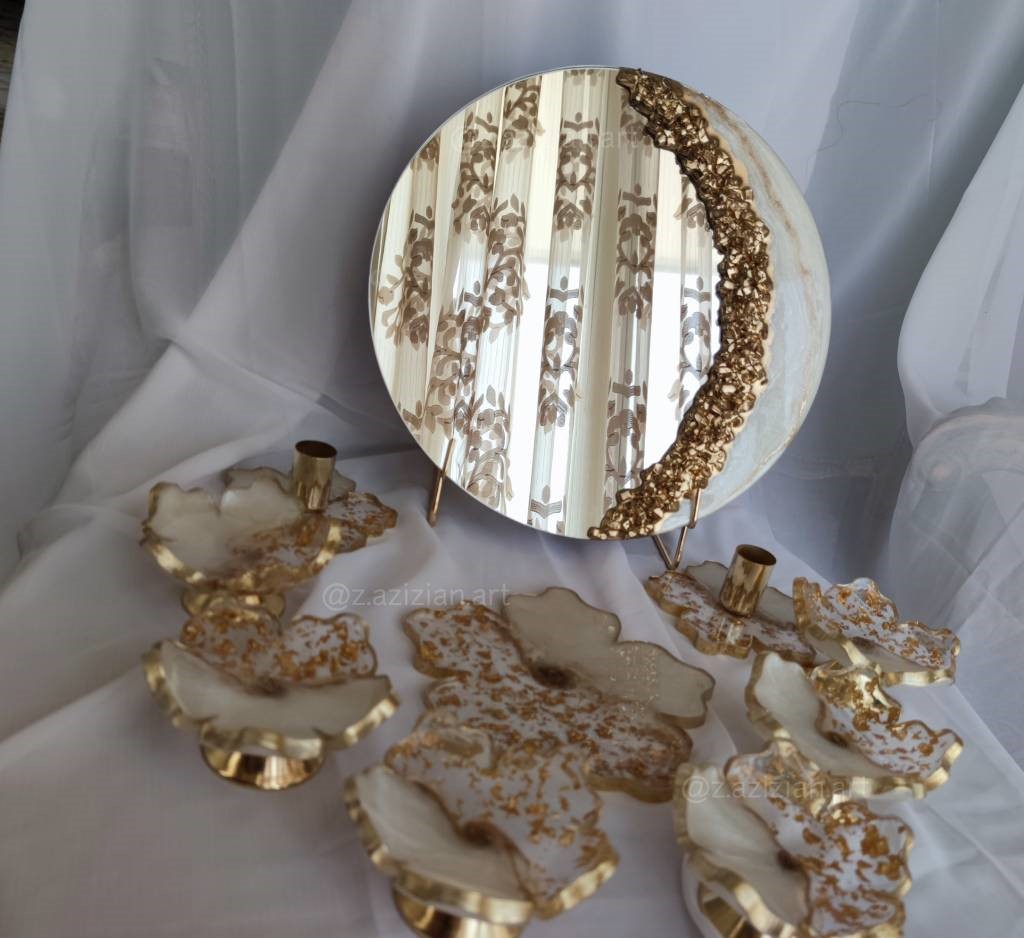
Haft Sin Nowruz table
1. Nowruz: Jewelry as a Symbol of Renewal and Prosperity
Nowruz is deeply rooted in the idea of rebirth and renewal, and gifting or wearing new jewelry during this time symbolizes a fresh start, good fortune, and prosperity in the coming year. The exchange of jewelry is a beloved tradition in many Iranian families, especially during visits to loved ones in the first days of Nowruz.
Gift-Giving Tradition: Jewelry as a Sign of Affection
One of the key customs during Nowruz is the exchange of gifts, particularly between family members, friends, and loved ones. Gold and silver jewelry are considered especially auspicious gifts, symbolizing wealth, prosperity, and a wish for good fortune in the new year. Jewelry is often given as a present to spouses, children, or younger relatives.
- Gold Jewelry for Women: It is common for husbands or parents to give gold jewelry—such as necklaces, bracelets, or rings—to wives or daughters as a way of expressing love and wishing them prosperity. These pieces are often elegant and understated, suitable for wearing throughout the year.
- Silver Jewelry for Men: Men traditionally receive silver jewelry such as rings or bracelets, often adorned with semi-precious stones like turquoise or onyx. Silver is believed to bring protection and good luck, making it a meaningful gift for Nowruz.
Personal Adornment: Wearing Jewelry for the New Year
For many, Nowruz is a time to wear new clothes and jewelry as a symbol of renewal and a fresh start. Women and men alike wear their finest jewelry during the holiday, with pieces often featuring Persian motifs or symbolic designs that reflect themes of fertility, growth, and good fortune.
- Turquoise Jewelry: The use of turquoise in Nowruz jewelry is particularly meaningful, as the stone is believed to provide protection, ward off evil, and attract positive energy. It is common to see people wearing turquoise rings, bracelets, or earrings during Nowruz celebrations.
- Symbolic Designs: Jewelry featuring traditional Persian symbols such as the cypress tree (representing immortality), lotus flowers (signifying rebirth), and birds (symbols of freedom and renewal) is often worn during Nowruz.
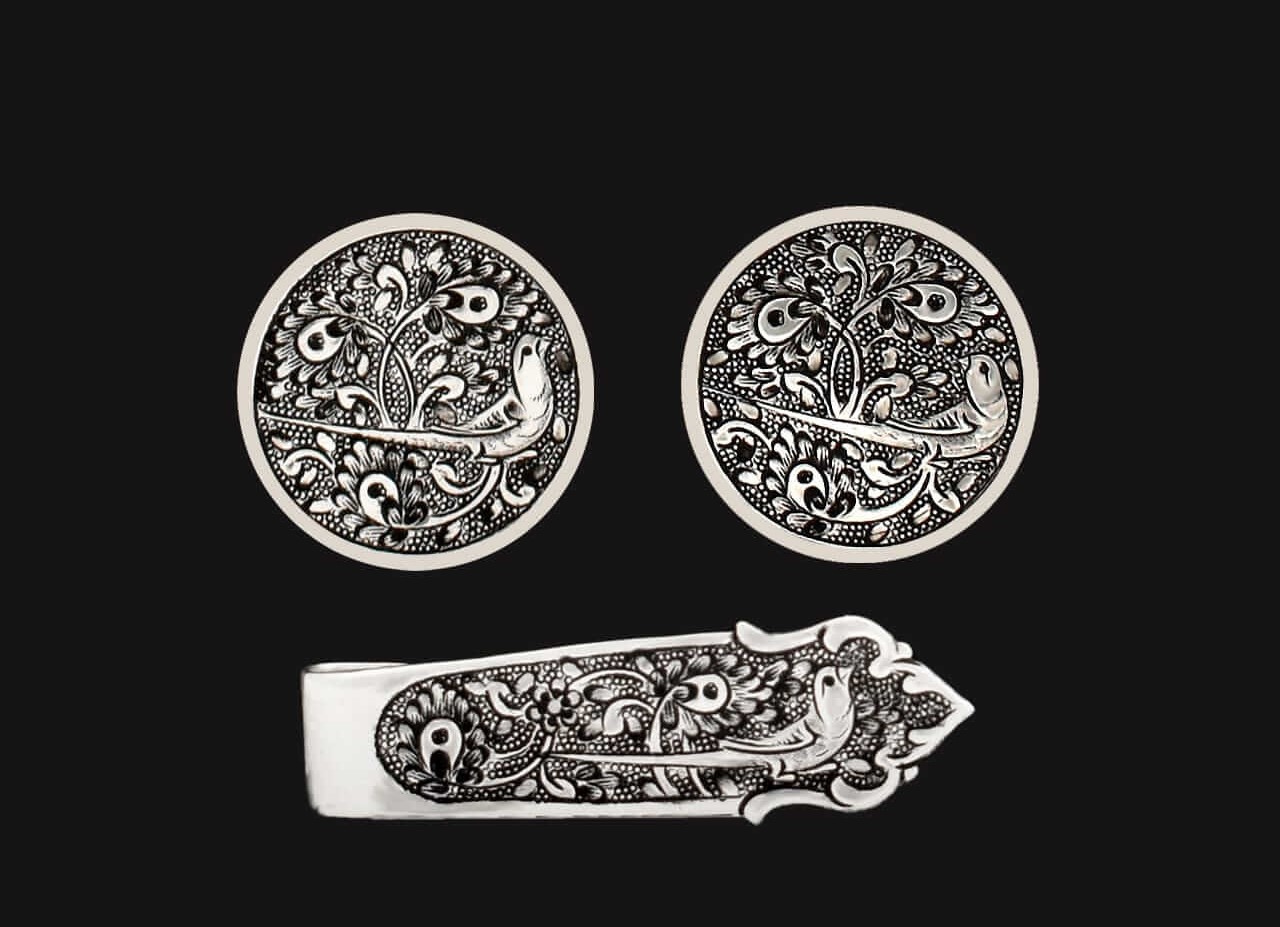
Silver Cuffs with Intricate Patterns
Special Pieces for Haft-Seen Table
The Haft-Seen table, a central element of the Nowruz celebration, includes symbolic items starting with the Persian letter “S,” each representing an aspect of life such as health, love, and wealth. Sometimes, family heirloom jewelry or newly bought jewelry is placed on the Haft-Seen table, symbolizing wealth and good fortune in the coming year.
- Gold Coins: Gold coins (Sekkeh), often presented alongside other symbolic items on the Haft-Seen table, represent prosperity and financial success in the new year. These coins are often used as gifts as well.
2. Mehregan: Jewelry in the Festival of Friendship and Love
Mehregan, celebrated in the fall, is another important Persian festival that honors Mithra, the ancient Persian goddess of friendship, love, and light. During this festival, jewelry is often exchanged as a gift to symbolize affection, goodwill, and harmony.
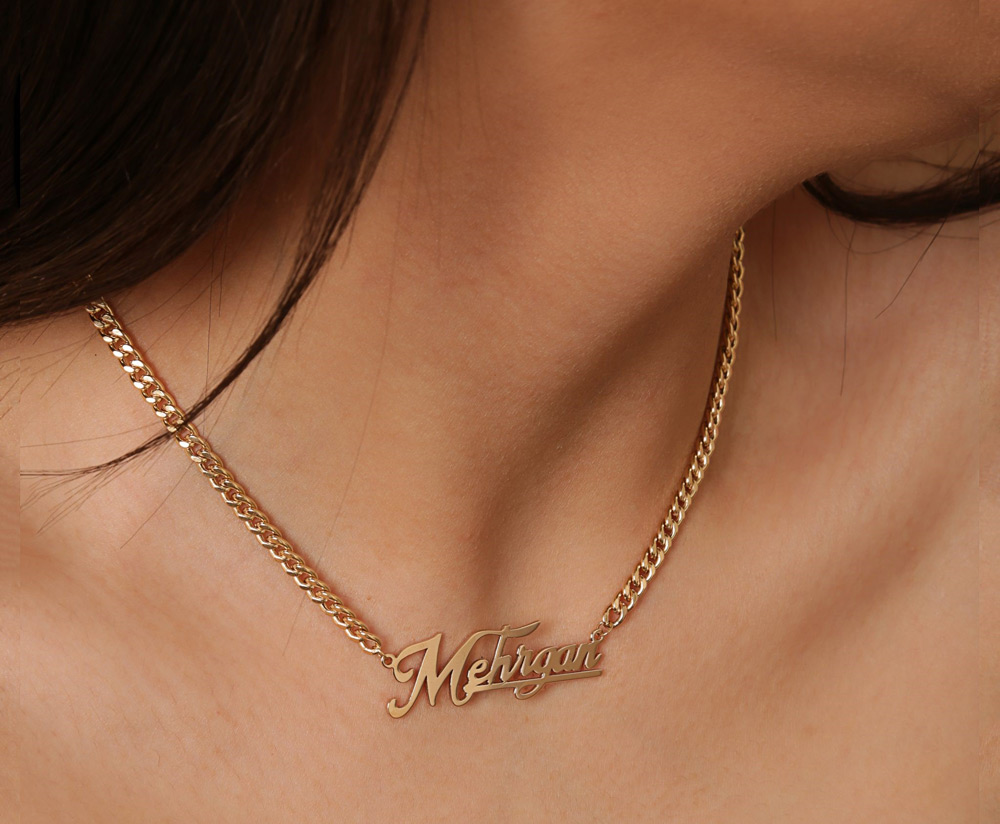
Mehrgan name gold plate
The Symbolism of Jewelry in Mehregan
Jewelry gifts exchanged during Mehregan often feature motifs related to the goddess Mithra, including sun symbols, which represent warmth, light, and protection. Pieces may also include heart-shaped designs and intertwining patterns to symbolize love and unity.
- Gold and Silver Jewelry: Gold and silver are commonly exchanged during Mehregan as symbols of prosperity and eternal friendship. A traditional gift might include a necklace or bracelet featuring sun-shaped charms or interlocking designs, symbolizing the bond between the giver and the receiver.
- Jewelry Featuring Persian Calligraphy: Many pieces exchanged during Mehregan feature Persian calligraphy, inscribed with words like Eshq (love) or Mehr (affection), offering a personal and meaningful touch to the celebration.
3. Yalda Night: Celebrating the Longest Night with Symbolic Jewelry
Yalda Night (Shab-e Yalda), which takes place on the winter solstice, celebrates the longest night of the year and the triumph of light over darkness. While this festival focuses on spending time with family, reciting poetry, and enjoying traditional foods, jewelry also plays a role in marking this special occasion.
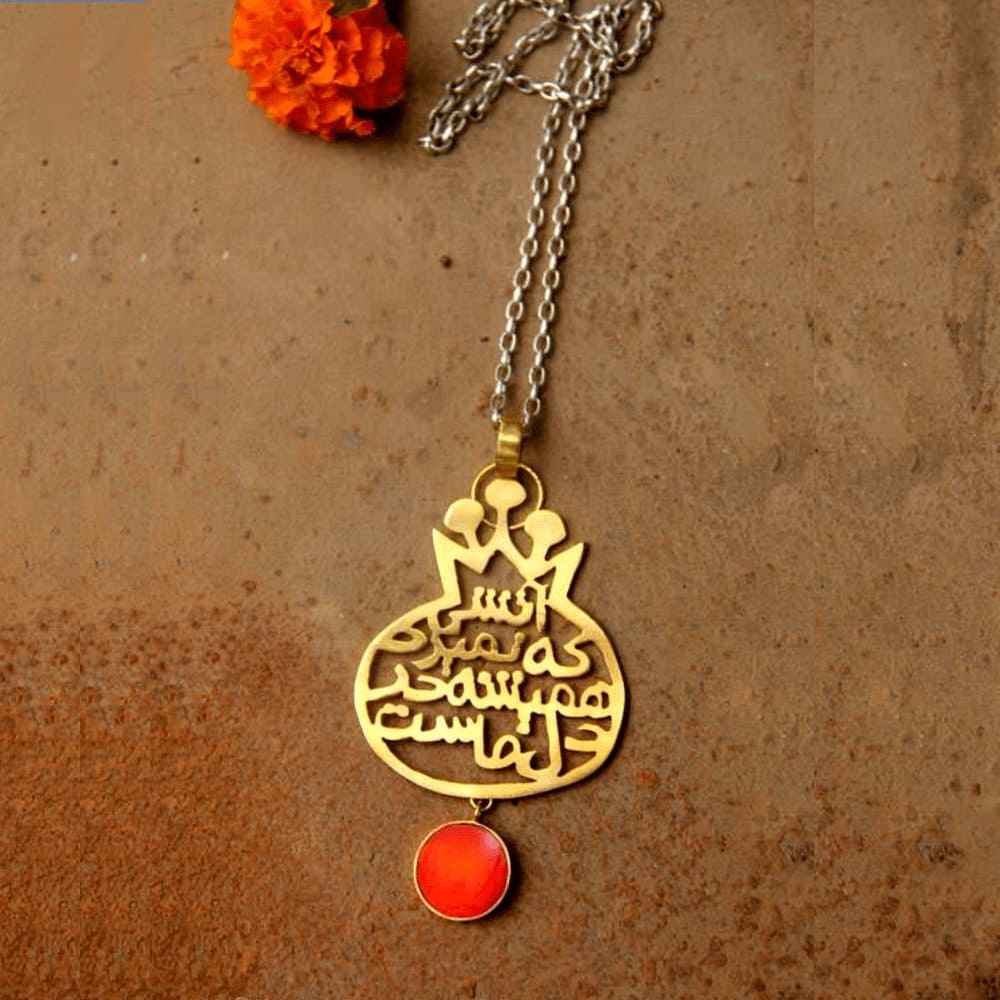
Gold with Yalda Shab Pomegranate pattern
Red Gemstone Jewelry for Yalda
The colors red and green are important on Yalda Night, symbolizing the warmth of summer and the arrival of light. It is traditional to wear or gift jewelry that features red gemstones such as ruby, garnet, or coral, which are believed to represent life, passion, and the victory of light over the dark winter.
- Ruby Rings and Necklaces: Ruby jewelry is often worn on Yalda Night as a symbol of life and vitality. Giving a ruby ring or necklace is a way of wishing someone good health and happiness as the winter months approach.
- Garnet Bracelets: Garnet, with its deep red hue, is another popular choice for Yalda jewelry. It represents protection and strength, making it a meaningful gift for family members and loved ones.
Jewelry as a Symbol of Light
Since Yalda celebrates the victory of light over darkness, many people wear gold jewelry, which is associated with the sun and light. Gold necklaces or earrings with sun motifs are common on Yalda Night, representing the coming of longer days and the return of light to the world.
4. Sadeh: Honoring Fire and Light with Symbolic Jewelry
Sadeh, an ancient Persian festival celebrating the discovery of fire, is an occasion to honor warmth, light, and the power of the sun. The festival often includes bonfires and gatherings, and fire-inspired jewelry is worn or gifted to symbolize life and purification.
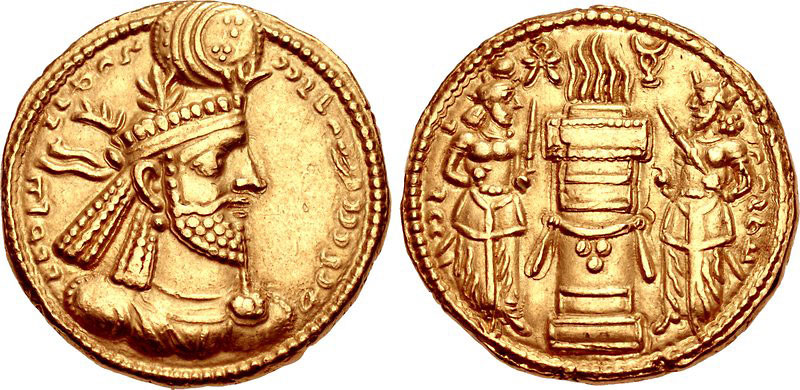
Sacred fire on the reverse of Sasanian coins
Fire-Inspired Jewelry
Jewelry that features designs inspired by fire and sun symbols is popular during Sadeh. Gold, which represents the warmth and power of fire, is often the material of choice.
- Sunburst Earrings and Pendants: Sun-shaped jewelry or designs featuring flames are commonly worn or gifted during Sadeh to symbolize the power of light and fire to purify and renew.
- Gold and Amber Jewelry: Amber, with its warm, glowing hues, is another popular stone associated with fire and light. Amber jewelry is worn during Sadeh as a symbol of protection and vitality.
Conclusion: The Cultural Significance of Jewelry in Iranian Festivals
In Iranian culture, jewelry is much more than adornment—it is a symbol of renewal, prosperity, love, and spiritual protection. During festivals like Nowruz, Mehregan, Yalda, and Sadeh, jewelry serves as a meaningful expression of tradition and affection. Whether worn to mark the arrival of spring or exchanged as gifts to strengthen family bonds, jewelry plays an integral role in Iranian celebrations.
At LetsGoYelo, we offer a curated collection of handcrafted jewelry that honors the deep cultural significance of Persian traditions. Explore our range of symbolic pieces and discover how Iranian jewelry can add meaning and beauty to your festival celebrations!
